In the dental and medical sector, safety and hygiene are essential to ensure effective and risk-free treatments for patients. One of the crucial tools to achieve this goal is the autoclave, used for the sterilization of medical instruments. Sterilization by saturated steam under pressure is considered the most effective method to ensure the complete inactivation of microorganisms on external and internal surfaces of objects.
The four phases of the autoclave sterilization cycle:
- vacuum generation
- heating
- sterilization
- cooling
They are essential to ensure that medical instruments are completely sterilized and safe to use. Each stage plays a specific role in removing microbiological contaminants and ensuring that each instrument is handled safely.
Reference standards
The new Consolidated Law on Safety (Legislative Decree 81 of 9 April 2008) completely replaces the previous Legislative Decree 626/94 and other provisions of the last 50 years regarding the protection of health and safety at work.
The EN17665-1 standard of 2007 (ex- EN554) which defines the requirements for the development, validation and routine control of the moist heat sterilization process of medical devices. In 2009 EN 17665-1 was integrated by part -2.
The Gelli – Bianco Law n. 24 of 08 March 2017 and the guidelines provided by ISPESL in 2010 “GUIDELINES ON STERILIZATION ACTIVITY AS COLLECTIVE PROTECTION FROM BIOLOGICAL AGENTS FOR THE OPERATOR IN HEALTHCARE FACILITIES” have contributed significantly to clarifying the roles of the people involved and the operating procedures themselves.

